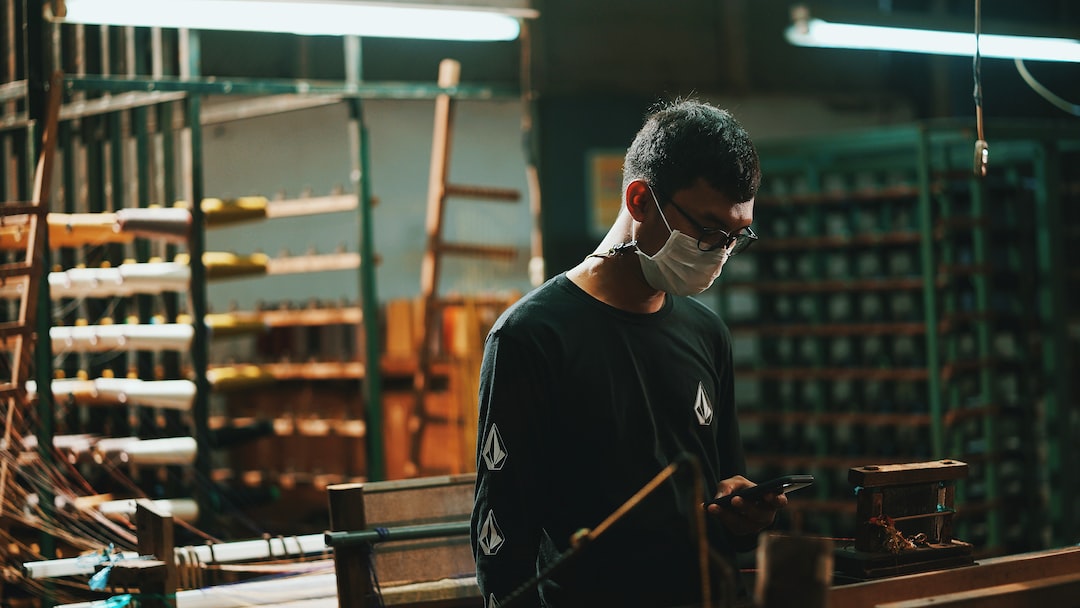Case Studies on Successful Production Optimization Strategies
In today’s competitive business landscape, optimizing production processes is essential for organizations to stay ahead of the curve. Efficient production not only reduces costs but also improves product quality and customer satisfaction. This blog post discusses three case studies that highlight successful production optimization strategies implemented by leading companies. These case studies provide valuable insights into various techniques and approaches that can be adopted to optimize production processes.
Case Study 1: Toyota’s Just-In-Time Approach
Toyota’s production system is renowned for its effectiveness and efficiency. One of the key strategies Toyota employs is the Just-In-Time (JIT) approach, which aims to minimize inventory levels while ensuring timely delivery of products.
In this case study, Toyota reduced its inventory levels by implementing the JIT methodology. By closely monitoring customer demand and production requirements, they were able to produce only what was needed when it was needed. This significantly reduced inventory holding costs and eliminated waste associated with excess inventory.
Furthermore, Toyota collaborated closely with its suppliers to synchronize production processes. This allowed for timely delivery of raw materials and components, minimizing production delays and ensuring smooth workflows.
Through the JIT approach, Toyota achieved faster production cycles, reduced lead times, and improved overall productivity.
Case Study 2: Amazon’s Warehouse Robotics
As the world’s largest online retailer, Amazon faces significant challenges in managing its vast inventory and fulfillment operations. To optimize its production processes, Amazon implemented warehouse robotics.
In this case study, Amazon deployed robots in its distribution centers to automate various tasks such as picking, sorting, and packaging. These robots work seamlessly alongside human workers, improving efficiency and reducing human error.
By utilizing robots, Amazon achieved higher picking rates, improved accuracy, and reduced order processing times. This not only optimized their production operations but also enhanced customer satisfaction through faster and more accurate order fulfillment.
Additionally, the introduction of robotics allowed human workers to focus on more complex tasks and value-added activities, leading to an increase in overall productivity.
Case Study 3: Coca-Cola’s Bottling Plant Optimization
Coca-Cola, a global leader in the beverage industry, implemented several strategies to optimize its bottling plant operations. One key focus area was reducing energy consumption and improving sustainability.
In this case study, Coca-Cola made significant investments in energy-efficient equipment and technologies. They introduced state-of-the-art bottling lines that minimized energy usage and incorporated innovative processes to conserve water resources.
Coca-Cola also implemented real-time performance monitoring systems to identify bottlenecks and optimize production workflows. By collecting and analyzing data from various stages of the production process, they could pinpoint areas of improvement and make necessary adjustments swiftly.
Through these initiatives, Coca-Cola achieved substantial energy and cost savings while reducing their environmental footprint.
Key Takeaways
These case studies highlight the effectiveness of various production optimization strategies implemented by industry leaders. Some key takeaways from these studies are:
1. Just-In-Time (JIT) approach: Monitoring customer demand and synchronizing production with suppliers can significantly optimize production processes, reduce costs, and improve productivity.
2. Warehouse robotics: Automating repetitive tasks with robotics can improve efficiency, reduce errors, and enhance overall productivity while freeing up human workers for value-added activities.
3. Energy efficiency and sustainability: Investing in energy-efficient equipment and processes can lead to substantial cost savings and environmental benefits.
4. Real-time performance monitoring: Utilizing data analytics and real-time monitoring systems enables the identification of bottlenecks and optimization opportunities for improved production workflows.
In conclusion, production optimization is crucial for organizations to remain competitive and deliver high-quality products efficiently. By learning from successful case studies like Toyota, Amazon, and Coca-Cola, businesses can adopt similar strategies and drive their own production optimization initiatives for sustainable growth and success.


